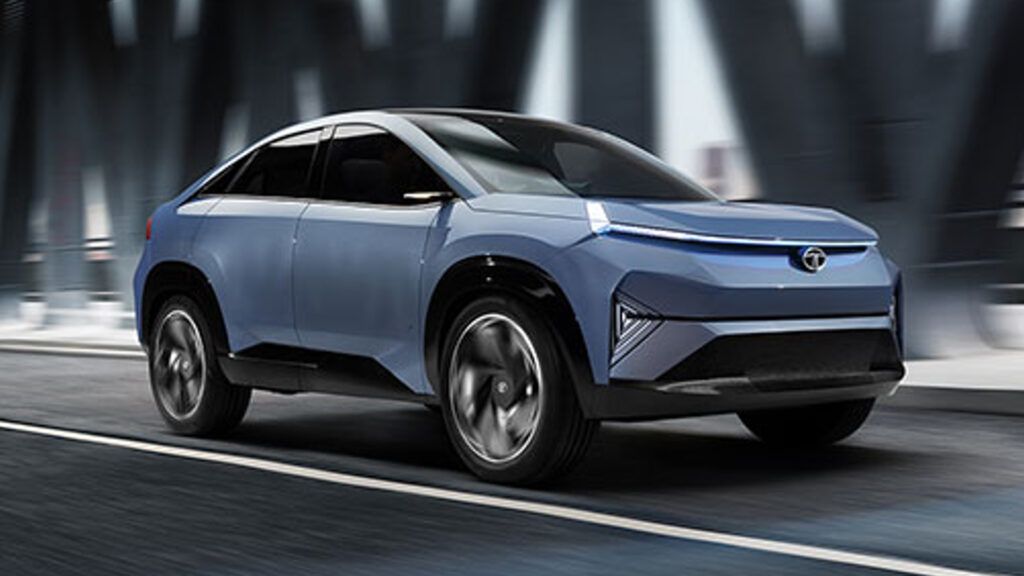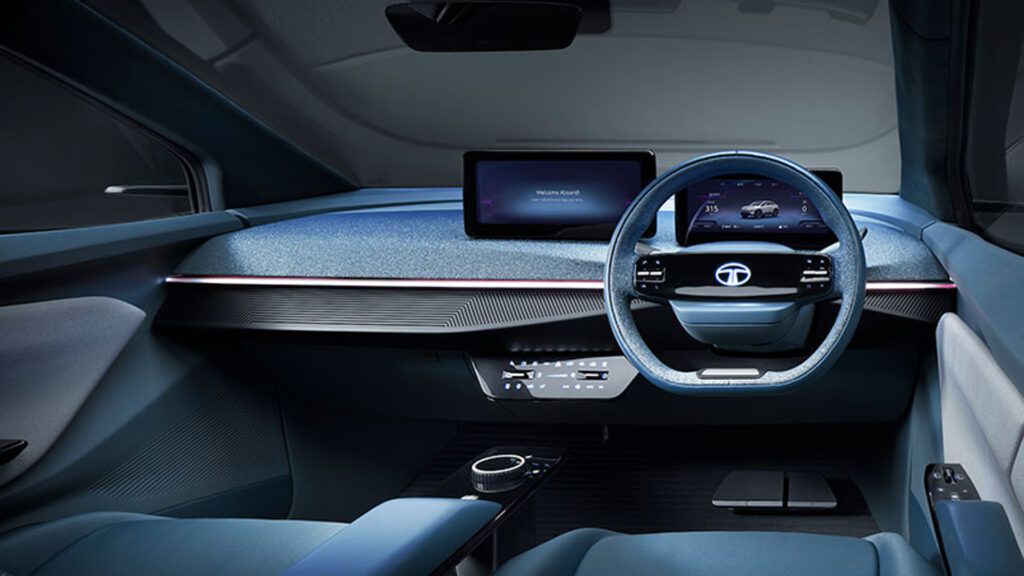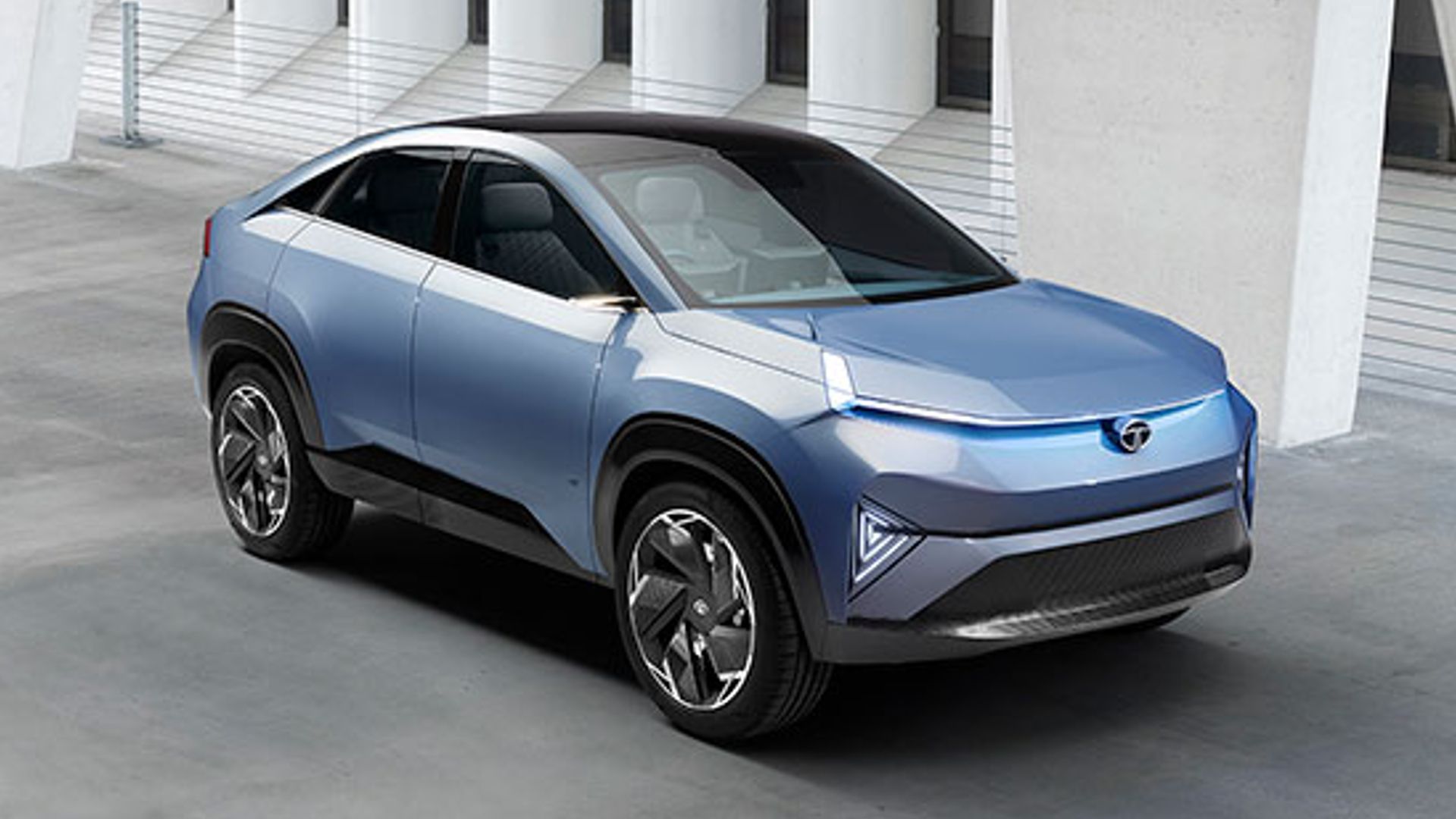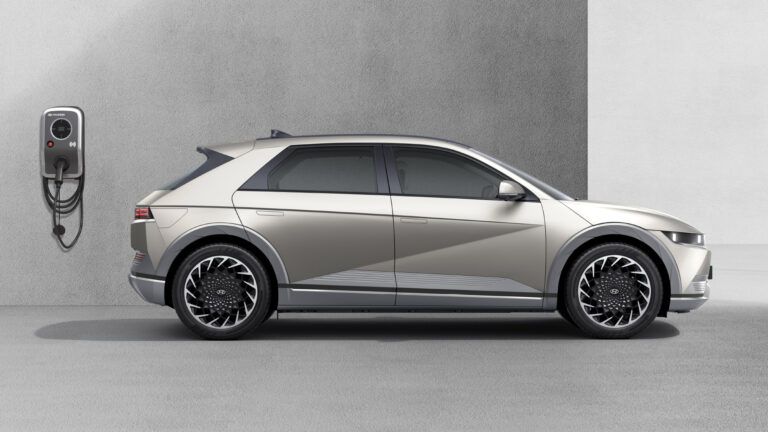The launch of the highly anticipated Tata Curvv has been postponed by a few months, according to multiple media sources. Originally, Tata Motors planned the release date of the EV version around mid-2024. However, this timeline has been extended to June, pushing the release to around September.
Additionally, the Curvv will debut with its electric version first, followed by petrol and diesel variants. Tata Motors will start the production of the petrol and diesel variants around the festive period, with a launch planned for either late 2024 or early 2025.
Tata Motors aims to take the lead in the midsize SUV segment by prioritizing the electric variant of the Curvv. As far as we can remember, it used a similar approach for the Nexon EV and Punch EV. This strategy allows Tata to seize a first-mover advantage ahead of competitors such as the Hyundai Creta EV, Maruti eVX, and their Toyota equivalent.
The general election may be the cause of the delay of the Tata Curvv’s launch, as it can have a dampening effect on sales. Additionally, Tata Motors is likely prioritizing the steadiness of production and deliveries for their current models before venturing into a new segment.

Tata Curvv: Powertrain
Powering the Tata Curvv will be the brand’s latest 1.2-litre, three-cylinder turbo-petrol engine, delivering 125 horsepower. It will be available with both manual and automatic transmissions.
For the diesel variant, the Curvv will use the 1.5-litre, four-cylinder engine from the Nexon, making it the third diesel option in the midsize SUV category.
As for the electric version, it will use Tata’s Gen 2 acti.ev platform. While specific technical specifications are limited, the Curvv EV could feature a 50kWh battery pack, offering an estimated range of around 500 km.

Tata Curvv: Design
At the Bharat Mobility Show 2024, Tata Motors unveiled a nearly finalized model of the Curvv earlier this year. This new model draws inspiration from Nexon and maintains a consistent design approach.
However, the electric variants will feature distinctive design elements tailored for electric vehicles. In terms of size, the Curvv will exceed the Nexon, being 313mm longer, with the wheelbase expanding by 62mm. Additionally, Curvv will share many interior features with Nexon.
Summing Up
Tata Motors aims for an annual production volume of approximately 80,000 units across all available powertrain options. The automaker expects monthly electric vehicle sales to reach around 2,000 units. On the other hand, it projects the internal combustion engine versions to contribute an additional 5,000 units per month. Production of these models will take place at Tata Motors’ joint venture plant with Stellantis located in Ranjangaon, Maharashtra.








